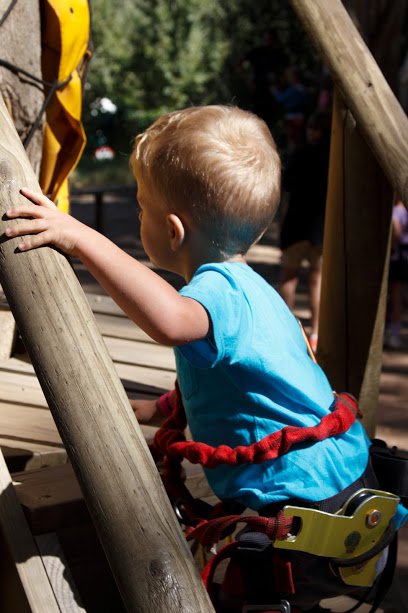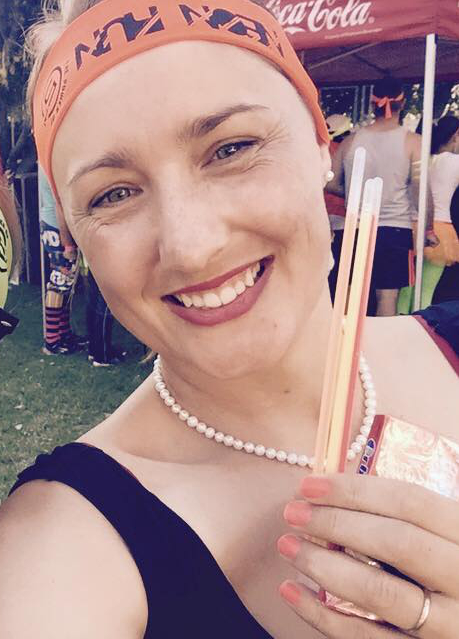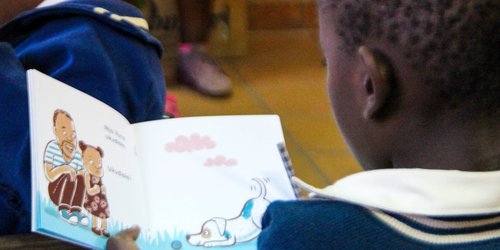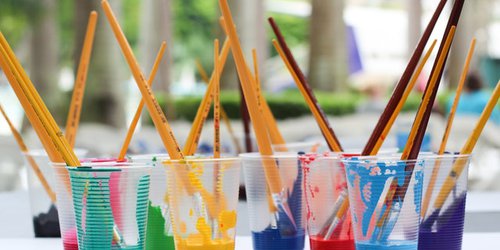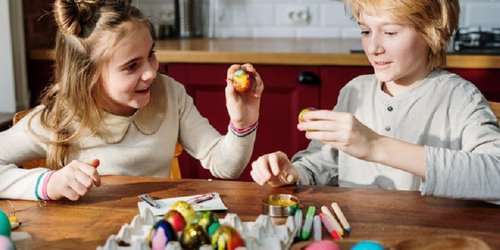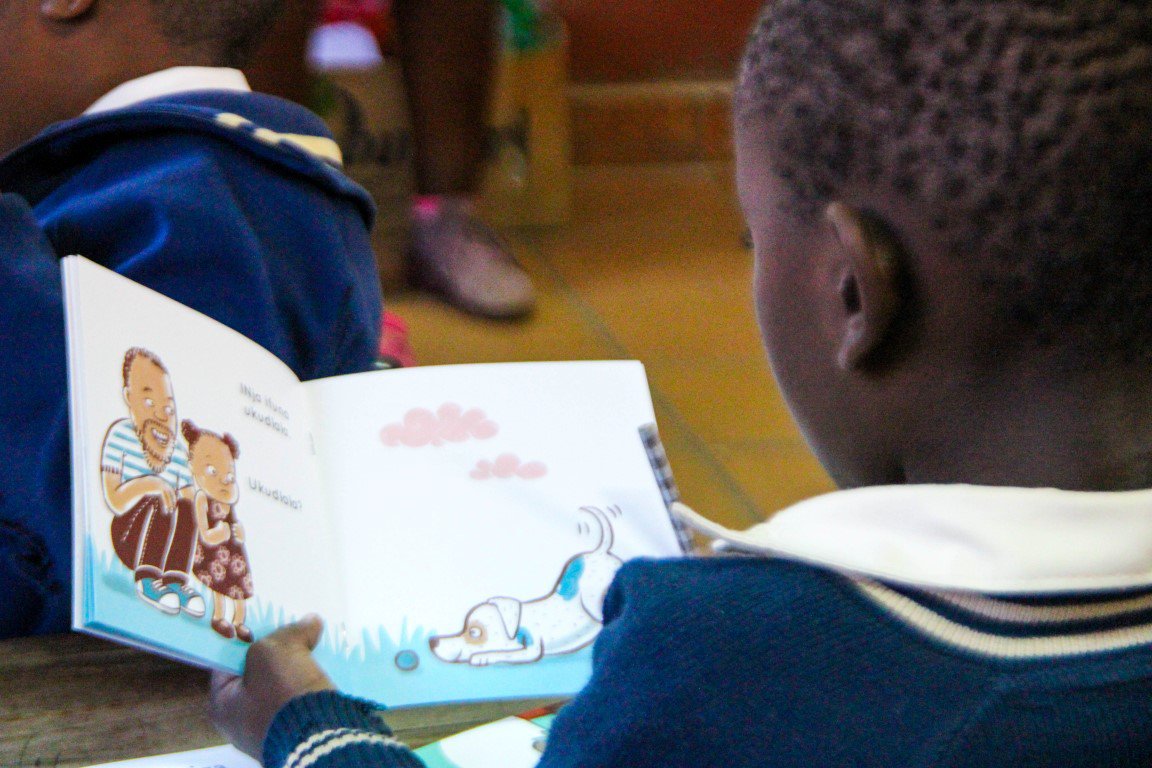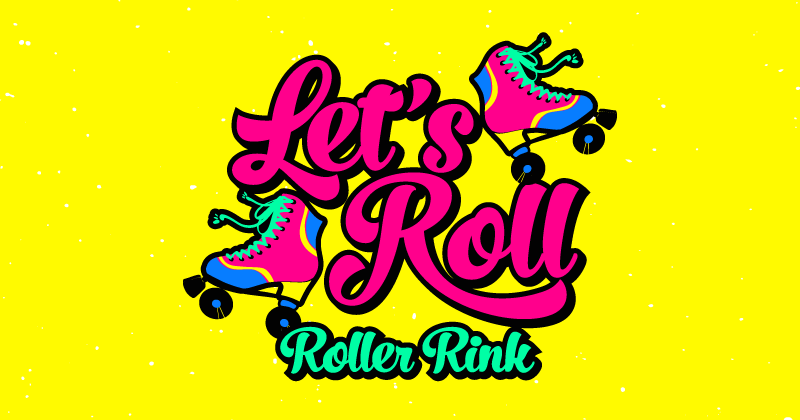How to develop gross motor skills in older kids
As a parent of a newborn, I’m sure you have been told gross motor development forms the basis upon which fine motor skills develop. A child first needs to learn to sit up straight and strengthen his shoulders by crawling, climbing and hanging before his hands and fingers can be freed up for more refined and dexterous tasks such as writing, cutting or threading. Core stability also helps children to focus better and sit still, as they get better support from their core muscles.
Now, as a parent of kids aged 3 to 12, you have probably gone through the motions of getting your baby to roll, sit, crawl and walk with great effort. Then, you enrolled them in kindergarten and it seems so much is done to work against all the effort both you and your baby have put in to get them well balanced, and strong.
I remember going through the exercise of hunting for a school for my firstborn. I went to a highly recommended school and upon entering, the hair on the back of my neck stood up. The teacher who hosted the orientation was so proud of their well-behaved academic kids. But all I saw were children aged three to five, sitting at a desk to play with dough, sitting at a desk to build Lego, sitting at a desk to draw and paint and then lastly (upon my second visit), sitting at a desk to eat. It was totally unnatural and went against everything I know and have learnt about moving. Though this school may be excellent at teaching the kids to read and write even before they go to grade R, they do a terrible job in terms of gross motor development. Unfortunately, because of the large amount of kids in a class, they need their chairs and tables for structure, and unfortunately, this happens in way too many pre-schools.
Let’s take look at the gross motor development a baby goes through from birth to age three:
• Moving arms and legs
• Foot to mouth movements
• Head control
• Rocking and then rolling
• Reaching and swiping
• Balancing in a seated position with support
• Support of upper body with arms and shoulders
• Moving by rocking on all fours, rolling, or pivoting
• Moving from sitting to lying on their stomach
• Tummy creeping
• Balance while sitting
• Buttocks bouncing
• Turning around while sitting
• Bum shuffle
• Move from tummy lying to sitting and back to lying down
• Pull up from sitting into standing
• Move from sitting to crawling and back to sitting again
• Stand unsupported and begin to walk
Now compare these baby activities to the daily activities your three- to twelve-year olds are doing…. Are they putting in nearly as much effort?
I have always joked about starting a gym programme called “baby steps”. If you were to model the work that these babies are doing, you will be exhausted. This workout is probably better than any gym programme out there. Yet, teachers and parents tend to bring all this effort to a standstill by forcing kindergarten children to “behave well” and sit still in order for them to focus on fine motor development and other auditory and visual learning skills. Although these are important, we have to remember that the core of these skills still lies in gross motor development.
Further to this sedentary lifestyle, modern families often stay in smaller houses with less open space for running and kicking and we hardly see new residential complexes with big trees for kids to climb in, using their imagination and creativity to move from one branch to the next. Parents often work late so time together with the kids is left for after hours or night time, perhaps reading a book or doing crafts and cooking together. Now although these are also great activities, we need to make an effort to invest in active activities over weekends and holidays. Playing games on a tablet may appear way more exciting than running outside and kicking a ball, but it isn’t nearly as effective in early childhood development Of course, running outside is also hard work, so it is only natural that a child may start leaning towards entertainment involving less physical effort. So, even though your child may have had a sound gross motor basis for fine motor skills to develop, this may dwindle due to a lack of movement and practise. Like every other skill, if you don’t keep practising, you will lose it.
How do we tackle gross motor development in older kids?
• My advice would be to choose a preschool that places great emphasis on gross motor development in their daily program. A school that does not leave this in other external educators’ hands. There is more than enough time in a day, even half a day, to include a structured physical education class as well as free play for kids aged three to five. The problem is, all too often, that caregivers and teachers do not wish to move for exercise either.
• Choose a school with the focus on playing and basic fine motor development for kids aged three to five.
• Spend more time outdoors, as it naturally allows bigger movements.
• Spend your weekends and holidays nurturing a love for active activities. We recently experienced a day out at Acrobranch play park, who offer exactly this: Balance, reach, flexibility, core strength, strength and power.
• Get down and play or let the kids get down and play- by building tunnels and houses we encourage fun and creative playing for older kids.
• Play hopscotch and other traditional games like jumping rope for older kids.
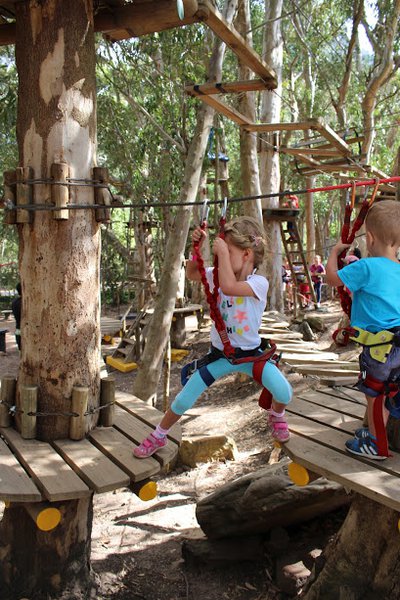
What are the best age-appropriate activities for gross motor development?
I have included some well-researched milestones that can serve as a guideline when you plan your active activities. You will be relieved to find that most of these come naturally and you may want to add only one or two activities per age group. Please do ensure that you introduce these movements gently and based on their current abilities, under supervision.
Milestones | Between the ages of 3 – 4 years, your toddler may:
• Run around obstacles- build an obstacle course
• Walk on a line- draw one in the sand or place a piece of tape
• Balance on one foot for 5 – 10 seconds- this is great fun
• Hop on the preferred foot
• Ride a tricycle
• Walk up and down stairs with alternating feet, without support
• Jump from 20cm step with feet together
• Use a slide independently
• Climb on and over objects (exclude ladders)
• Skip, leading with 1 leg – without a rope
Milestones | Between the ages of 4 – 5 years, your preschooler may:
• Walk on a balance beam forwards & backwards
• Perform somersaults on the ground, check head position for safety
• Balance on 1 foot for 8 – 10 seconds
• Skip, alternating feet
• Begin to jump rope
• Throw a ball to hit a target
• Jump backwards
• Pump and maintain momentum while on a swing
• Hop 5 times on 1 foot
• Practice on a balance bike
• Climb the rungs of a playground slide ladder
Milestones | Between 5-7 years, your child may:
• Enjoy participating in team sport
• Develop ball skills with smaller ball e.g. tennis
• Enhance game skills like hopscotch and jump rope
• Ride a two-wheeler bike
• Run up and down the stairs
If your school-going-kid is not doing sport, you may consider a family extramural to help maintain and develop the above mentioned skills in a safe, enjoyable environment. Your child may not be the biggest sports fanatic, but they can still enjoy some active time on a regular basis, knowing that it is also an investment in their other finer skills.
I hope you have fun developing these skills- let me know what gross motor based games your family enjoys in comments.
Xx Tanya
